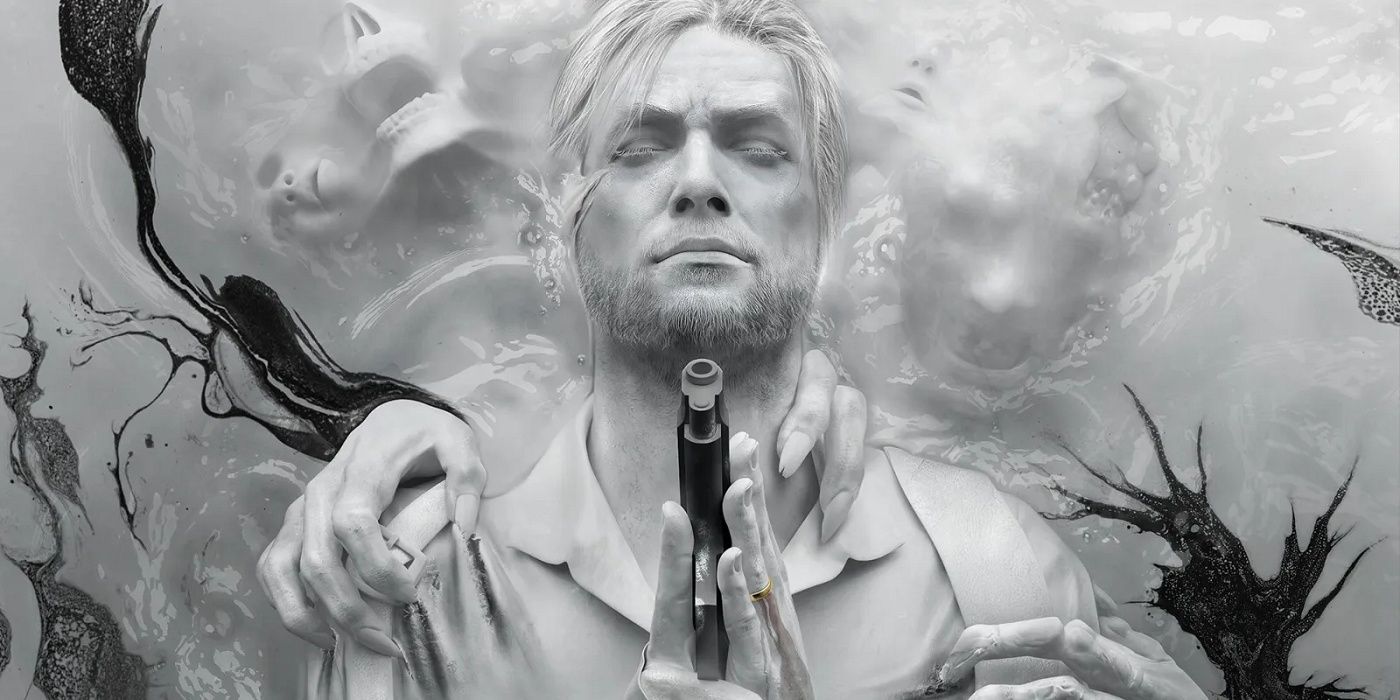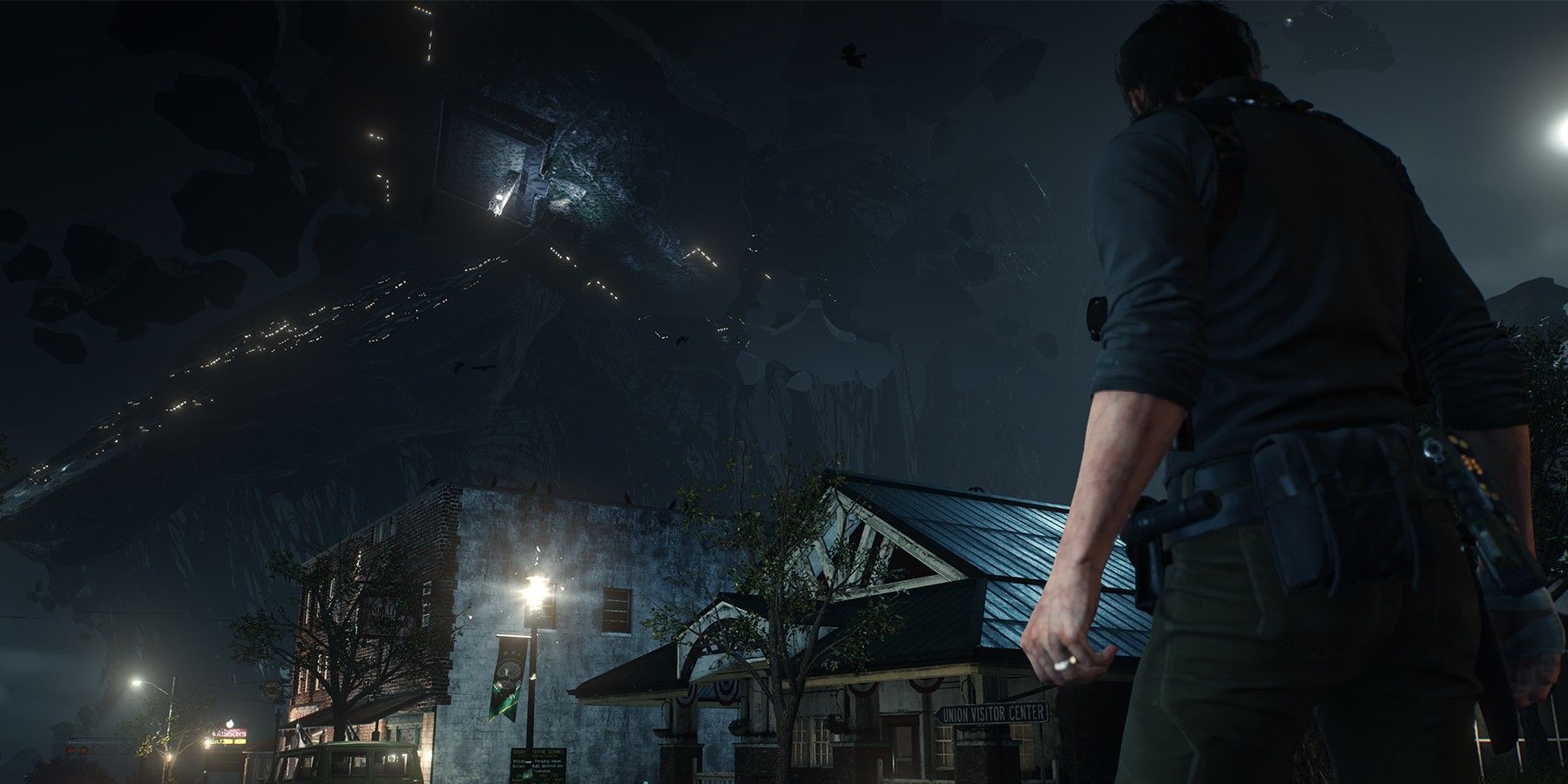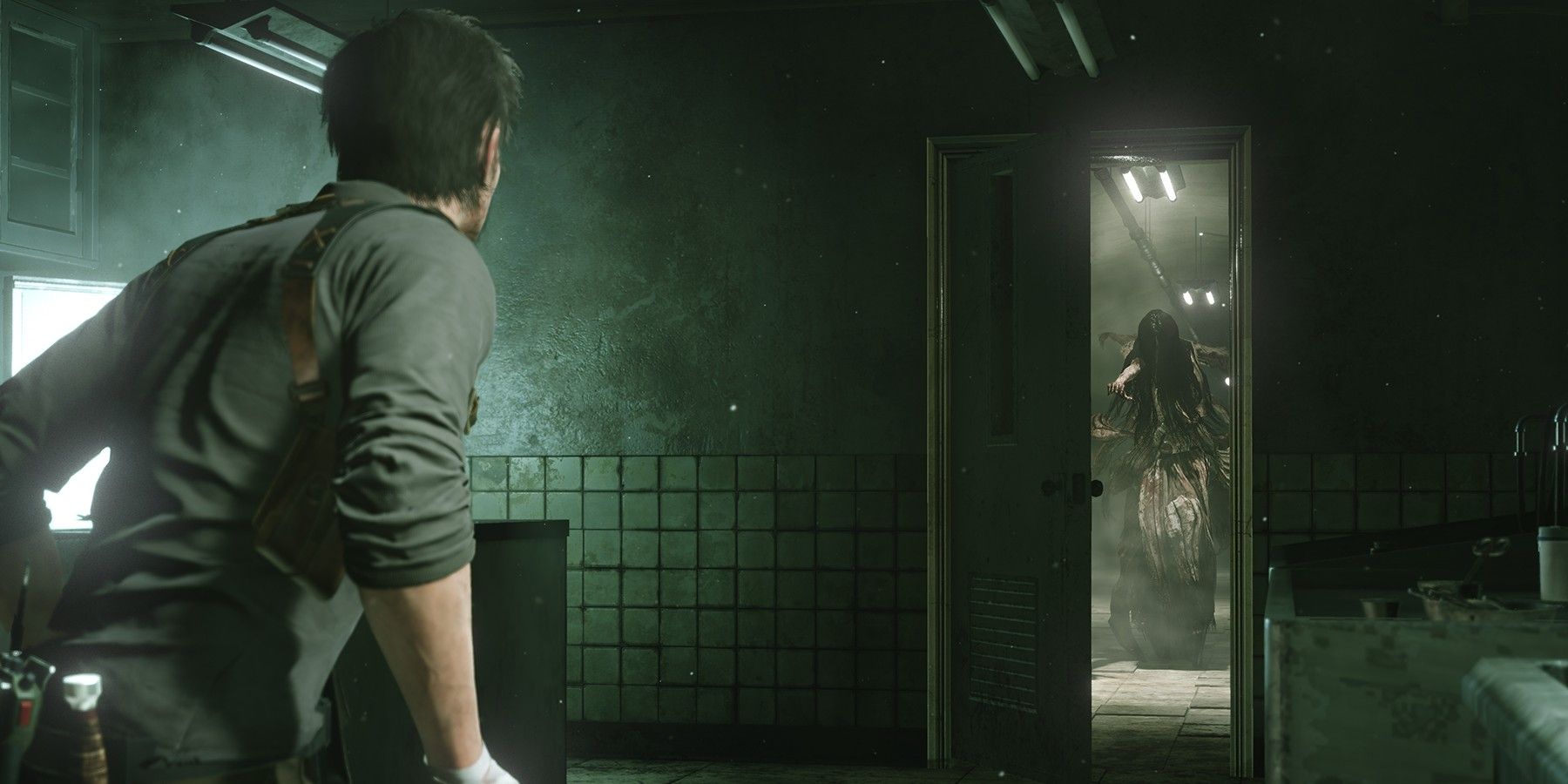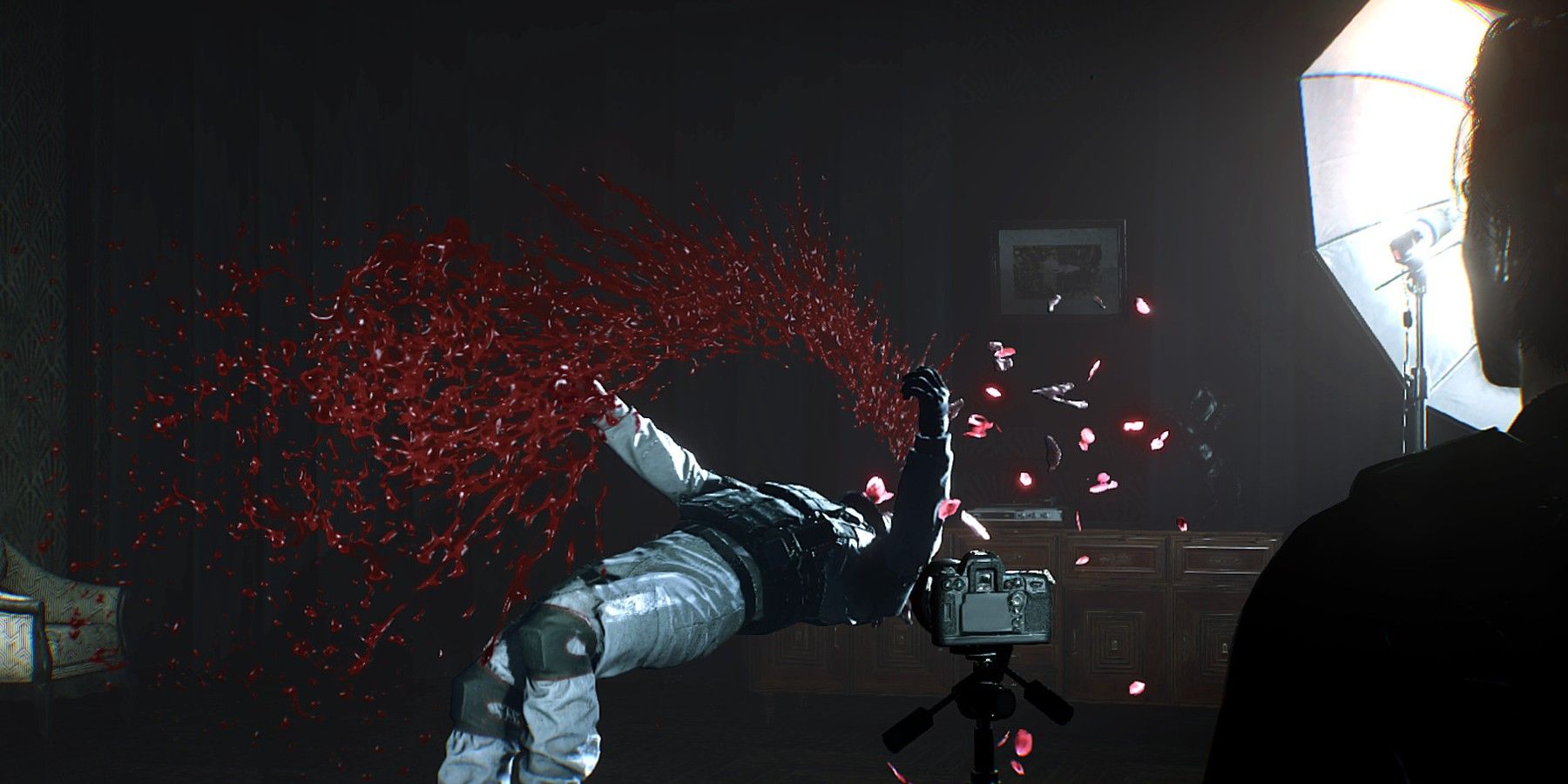Video game sequels are difficult to create. Developers must try to please the fans of the original while also delivering enough new ideas to create value in revisiting the same world. A careful tightrope must be walked so as not to alienate the original fan base, yet evolve the series into something new. When the sequel to The Evil Within was released in 2017, it managed to push the survival horror genre forward with its new ideas but was still overlooked by most gamers.
Released at a time when survival horror was in a slump and the fans of the original game just wanted a continuation of that experience, The Evil Within 2 dared to do something different. However, despite being dismissed by the very fans that it tried to serve, this brilliant sequel managed to not only fully realize the vision of creator Shinji Mikami, but also deliver some incredibly fresh ideas to the genre.
The Evil Within 2 begins like a traditional sequel, once again bringing back protagonist Sebastian Castellanos. He is thrust into the Matrix-like STEM system, where he is embroiled in a quest to rescue his daughter Lily, whose consciousness is trapped inside the machine. The game very quickly eschews the linear nature of the original, instead placing Sebastian into an environment created in STEM that features several open-world areas connected by linear level sequences. It is through this design that the sequel shows its unique approach to survival horror.
Beginning with the open world, EW2 utilizes its design to constantly keep players on edge. Enemies stalk the streets while players navigate the environment, following the main storyline and taking on side-quests in whatever order they deem necessary. This mechanic alone makes the game feel fresh when it comes to survival horror experiences and allows players to traverse the large environments in a variety of ways. Players can sneak through the neighborhoods, stealth killing enemies one by one, or fire a pistol into the air and funnel enemies into a specific area for a swift environmental kill from an explosive barrel.
The Evil Within 2 encourages players to explore the world and not just scrounge for weapons and equipment. The player can pick up random signals on Sebastian's radio, which often lead to very unexpected encounters. One example is an unassuming house, where players can stumble upon a sequence that draws Sebastian back into the first game's Beacon Mental Hospital and also releases a hideous monstrosity in the form of a wailing ghost that stalks the player throughout the game, much like the Mr. X character from the Resident Evil 2 remake. This entire sequence can be missed, and it's in those surprises that The Evil Within 2 keeps players constantly leery of what might be uncovered next.
Each open-world section leads to a more linear sequence, and the game doesn't falter with the design of these levels either. Players are constantly forced into intentionally creepy scenarios and confounding occurrences that work so well in the shifting environment created by STEM. For instance, Sebastian battles with a psychopathic murderer and self-proclaimed artist, Stefano Valentini. He is a serial killer obsessed with photographing victims at the moment of their death, and Sebastian becomes trapped in his galleries, which purposefully shift and rearrange their layout in terrifying and fascinating ways.
Players might traverse a hallway filled with grotesque pictures of Valentini's victims, only to turn around and find themselves in another room entirely, ambushed by Valentini as he taunts Sebastian and takes a picture of him. As the gallery shifts and contorts with each new room, the sequence builds tension, creating a chilling experience that rivals just about anything in the original game. This combination of open-world areas connected with tightly designed linear sequences is an incredibly effective technique that came years before Resident Evil Village was praised for essentially doing the same thing.
The Evil Within 2 occupies a particularly unfortunate space of being an innovative sequel that alienated purist fans of the original game, and thus lost many of them before it got a chance to win them over with its unique design. Although the future of the series as a whole is unclear, now is a great time to revisit this brilliant sequel, and experience a fresh take on the survival horror genre which can perhaps be more appreciated with a modern eye.




